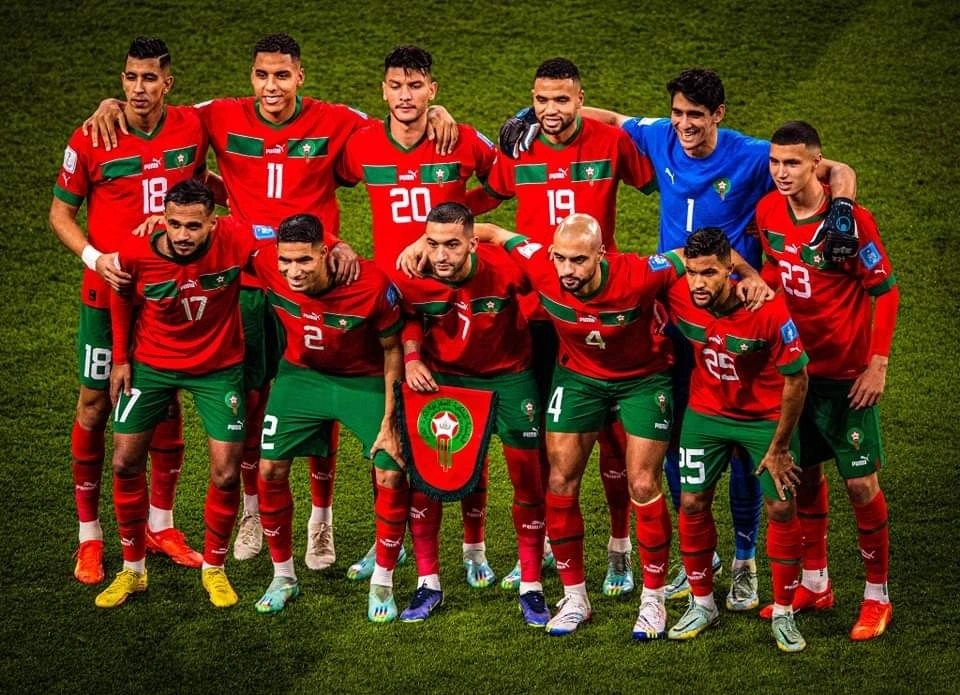
[symple_box]  Aissam Barbach is a teacher of English at Tifarity High School in Bzou, Azilal. Aissam received his BA degree in linguistics in 2005. [/symple_box]
Aissam Barbach is a teacher of English at Tifarity High School in Bzou, Azilal. Aissam received his BA degree in linguistics in 2005. [/symple_box]
Moulay Ahmed El hassani is a Moroccan singer-songwriter better known in expressing powerful emotions and social themes in popular style of music. Elhassani’s eclectic songs combine elements of Berber folk and a subtle oriental music. The Berber traces in Elhassani’s music, including Rai, Chaabi and Ahidous (Berber folklore).
He has been inspired by many musicians, including Chaabi Masters such as the late Mohamed Rouicha and others. In different words, his style is a blend between Berber and oriental rhythms. Hence, Elhassani is not only a musician but also the writer of almost all his songs, and his lyrics are written in the Moroccan dialect of Arabic and Berber. Moulay Ahmed himself claimed that he is thoroughly influenced by the sparkling beauty of his hometown, Zawit Cheikh.
He started singing at the age of 7. Determined to bring a new wave of music, Moulay Ahmed used the western instrument-guitar- in pop Moroccan music, which is uncharacteristic of most Moroccan singers at that time. He achieved his golden age in Morocco in the late 1980s and the beginning of the 1990s with his lovely songs. He is most remembered for songs such as Yammi matbkish (Don’t cry mum) and Rak dima fi bali (You’re always in my mind).
During a 25-years career and throughout more than 50 albums, Moulay Ahmed Elhassani devoted his music to portray Moroccans’ feelings and pains, addressing love and peace as well as rejecting all kinds of poverty and discrimination. His music indicates a special concern for the hardships and the suffering of the masses. Additionally, Moulay Ahmed Elhassani’s music and rhythms mirror a society which wallows in social problems such as poverty, unemployment, betrayal and heartlessness.
Meanwhile, Moulay Ahmed Elhassani songs evoked memories of those old days of my youth. I used to relish listening to his songs which were blowing in the wind of every narrow street in the old medina of the Atlas capital, Khenifra. Wherever you go you could hear Moulay Ahmed’s songs. Particularly, traditional tailors, shoes makers and clothes sellers as well as all teenagers, who at that time found in his lyrics and music an antibiotic to forget their daily life problems for a while. The songs were intense in a way that was very sad. I literally listened to his song every day. I knew for sure that it would sound weird as most people forget the songs and move to the next song, nevertheless, Elhassani’s song reminded me about something or someone very special who was once in my life and is not in it right now.
It is an awful sorrow that Moroccan media blackout over an artist who devoted all his lifetime to relieve Moroccan people with his sweet and mellifluous music. However, to our utter dismay, many Moroccan TV channel highlight and shed light on young singers and talents and they ignore the pioneers who founded Moroccan music. That is to say, Moroccan media put the newly introduced singers to art in the spotlight and relegate old icons and figures of Moroccan music.
It is undeniably true that the media blackout over this crystal icon, who is still singing alone in the Atlas mountains, remains incomprehensible. I think it’s high time for Moroccan TV executives to shift their attention to cheer up this sad nightingale who really deserves to be honored decades ago.




